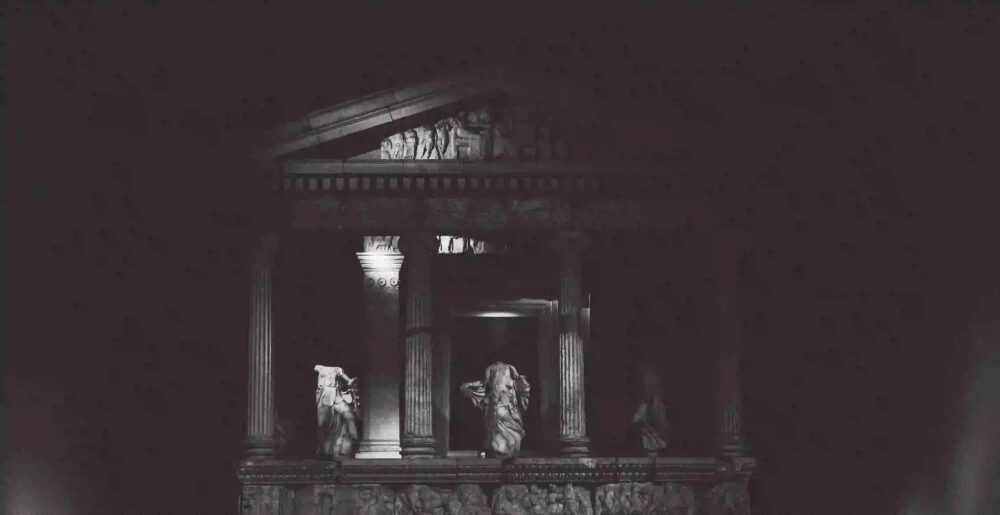Food and drink have always held a significant place in human culture, not only as a means of sustenance but also as elements deeply intertwined with mythology and spirituality. Throughout history, various cultures have assigned divine attributes to certain foods and beverages, elevating them to the realm of the sacred. In this blog post, we will explore the fascinating mythology surrounding food and drink, delving into the stories and beliefs that have shaped our understanding of these essential aspects of human life.
The Nectar of the Gods: Ambrosia and Divine Nourishment
In Greek mythology, the gods themselves were said to consume ambrosia, a food that bestowed immortality and eternal youth upon those who partook of it. Ambrosia was often described as having a sweet, heavenly taste, and its consumption was reserved exclusively for the divine beings. It was believed that ambrosia was prepared and served by the goddess Hebe, the cupbearer of the gods.
Similarly, in Norse mythology, the gods partook of a divine feast known as the “Eating of the Aesir.” This mythical feast consisted of an enormous boar named Sæhrímnir, which would be slaughtered and cooked, only to be resurrected the following day to provide nourishment for the gods once again. This perpetual cycle of feast and resurrection represented the eternal sustenance and vitality of the gods.
Libations to the Deities: Sacred Offerings and Rituals
In many ancient cultures, people offered libations – ceremonial drinks – to the gods as a way of establishing a connection and showing reverence. These libations often consisted of wine or other alcoholic beverages, which were believed to possess spiritual qualities. For example, the ancient Greeks poured wine as an offering to the gods, believing that the gods would imbibe the essence of the drink and communicate with mortals through their intoxicating effects.
In Norse mythology, the gods were known to partake in the consumption of mead, a honey-based alcoholic beverage. Mead was considered a sacred drink, associated with poetry, inspiration, and wisdom. It was believed that Odin, the chief god of the Norse pantheon, gained his knowledge and poetic abilities by drinking from the Mead of Poetry, which was guarded by the giant Suttungr.
Symbolism and Rituals in Food and Drink
Food and drink also played a symbolic role in various mythologies, representing concepts such as fertility, abundance, and the cycle of life and death. The ancient Egyptians, for instance, associated beer with fertility and rebirth, often depicting it in hieroglyphs alongside depictions of childbirth and renewal.
In Hindu mythology, the goddess Annapurna, the provider of nourishment and sustenance, is often depicted holding a bowl of food, symbolizing her role as the giver of life. In Hindu rituals, food is offered to the deities as a gesture of gratitude and devotion.
Conclusion: The Mythical Tapestry of Food and Drink
The mythology surrounding food and drink is a testament to the profound significance these elements hold in human culture and spirituality. Whether it is the divine nourishment of ambrosia, the libations offered to the gods, or the symbolic representations in various mythologies, food and drink continue to be intertwined with our beliefs, rituals, and understanding of the world.
As we explore the mythology of food and drink, we gain a deeper appreciation for the cultural and spiritual dimensions of these essential aspects of our lives. They remind us that our relationship with food and drink extends beyond mere sustenance, encompassing elements of reverence, symbolism, and the shared narratives that shape our understanding of ourselves and the world around us.
So, the next time you sit down for a meal or raise a glass in celebration, take a moment to reflect on the mythical tapestry woven into the fabric of your nourishment and libations. In every bite and sip, you may find a connection to something greater, a glimpse into the rich tapestry of human mythology, and a deeper appreciation for the divine nourishment and sacred libations that have shaped our collective understanding for millennia.
*Please note that this blog post is intended for informational purposes only and does not constitute religious or spiritual advice.
